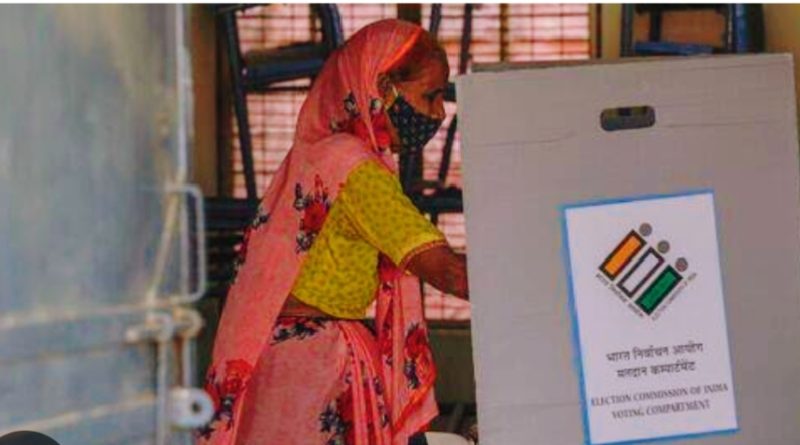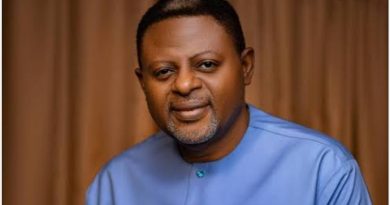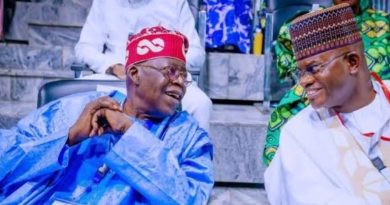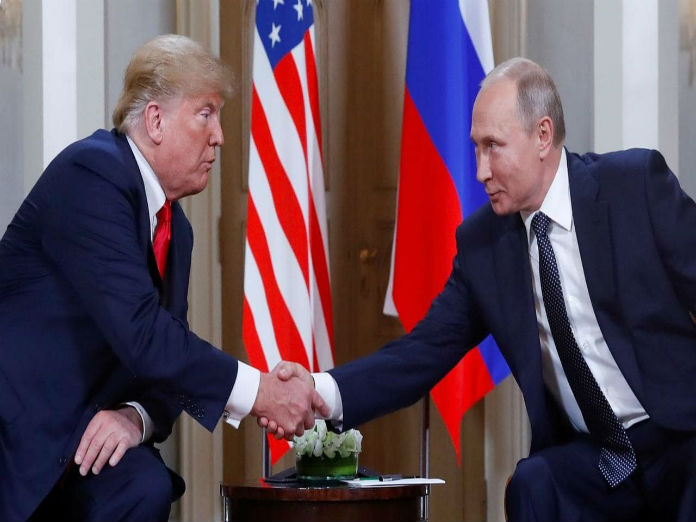INDIAN GENERAL ELECTIONS
Nick Dazang
On Saturday, 16th March 2024, the Electoral Commission of India (ECI), issued an announcement, followed by an elaborate schedule, namely that: India’s general elections would be held from 19th April to 1st June 2024; and that the votes, following the conduct of the elections, would be counted and the results would be officially declared on 4th June 2024.
Though 2024 has been declared a year of elections on account of the legion of elections to be conducted, India’s elections stand out. India is the world’s biggest democracy, even if it is not the oldest. In this year’s elections, 970 Indians are eligible to vote in a country of 1.4billion people.
Due to its huge size and population and the nightmarish logistics challenges these present, the elections into the 543-member LOK SABHA or Parliament will be conducted in a staggered fashion and in seven phases.
Like Nigeria, India runs a multi-party system. And even though it is the elected members of the LOK SABHA who determine the person who ultimately runs the country, the system is not premised on Proportional Representation (PR). Rather, and like Nigeria, it runs the First-Past-The-Post (FPTP) or majoritarian system.
In spite of India’s political upheavals, climaxed by the assassination of its leader, Indira Ghandi, on 31st October 1984, its storied democracy has been steadfast. It has also demonstrated constancy. For despite the hiccups, there has been no military incursion into the political arena since 1948 when it became independent.
Unlike Nigeria, where we make a fetish of electoral materials and designate some of them as “sensitive”, India has since demystified theirs. Electoral materials in India are often transported and distributed by post. And to ensure that the Police carry themselves with utmost neutrality, they, are, during elections, under the direct control of the Chief Electoral Commissioner (CEC).
Perhaps because of their sizes, huge populations and diversities, India and Nigeria are fascinated with, and intrigued about each other’s elections.
In March 2010, Nigeria’s Independent National Electoral Commission(INEC), led by Professor Maurice Iwu, invited the then Chief Electoral Commissioner of India, Shahabuddin Yaqooq Quraishi, to deliver a lecture on electronic balloting. Quraishi was in Nigeria in 2019, under the auspices of the Commonwealth, to observe Nigeria’s General Elections.
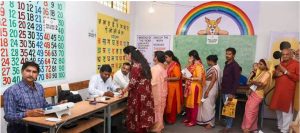
The campaigns for the Indian elections are thought to have begun way back in January. In that month, Narendra Modi, incumbent Prime Minister, inaugurated the Hindu temple in Ayodhya with pomp and fanfare. It was widely speculated that he was pandering to India’s more than 800 million Hindu population by so doing.
Most Indians, especially those who lay high premium on secularism, expressed reservations. They thought that Modi was needlessly steering the country way from secularism and that he was brazenly appealing to his huge Hindu base in order to feather his political nest and to catapult himself to power.
The Indian elections will be fought on the basis of two major alliances. They are alliances forged by the two major political parties, the Bharataya Janata Party(BJP) and the Indian National Congress(INC). Already, twenty four opposition political parties under the auspices of the Indian National Developmental Inclusive Alliance(INDIA) are waging battle against the BJP-led alliance.
The opposition hopes to latch onto India’s difficulties to wrest power from Modi’s BJP. Inflation and unemployment challenge India. It is thought that the economic successes being touted by Modi have not impacted the manufacturing and productive sectors. According to a 2022 World Bank report, unemployment in India stood at 23.2%. In 2023, 42.3% of graduates were unemployed.
The bookmakers, however, favor a BJP and, therefore, a Modi victory. They argue that Modi, who promised Indians in 2014 that “good times are coming”, has delivered. They point to India’s “impressive” economy which was “sluggish” when he first assumed power in 2014. They also point to the fact that between 2014 and 2022, India’s Gross Domestic Product(GDP) and per capita income rose from $5,000 to $7,000, representing an increase of 40%.
Besides, the International Monetary Fund(IMF) has projected that India’s economy will grow at the rate of 6.5% in 2024. This is higher than China’s projected growth rate of 4.6%. Its growth rate also exceeds that of any large economy.
Apart from growing the economy, Modi is said to to have provided infrastructure to all nooks and crannies of India. His deployment of the digital AADHAAR scheme has ensured that welfare benefits are distributed directly into the accounts of their poor beneficiaries.
Modi has reportedly done so well for the economy that the New York Times has reported Chris Wood, a well regarded Asia market strategist, as wagering that Indian markets could crash by 25% if Modi was not re-elected.
Narendra Modi’s re-election may be a forgone conclusion. But the world must wait for another six weeks for the Electoral Commission of India(ECI) to officially declare his, and his party’s, victory.

